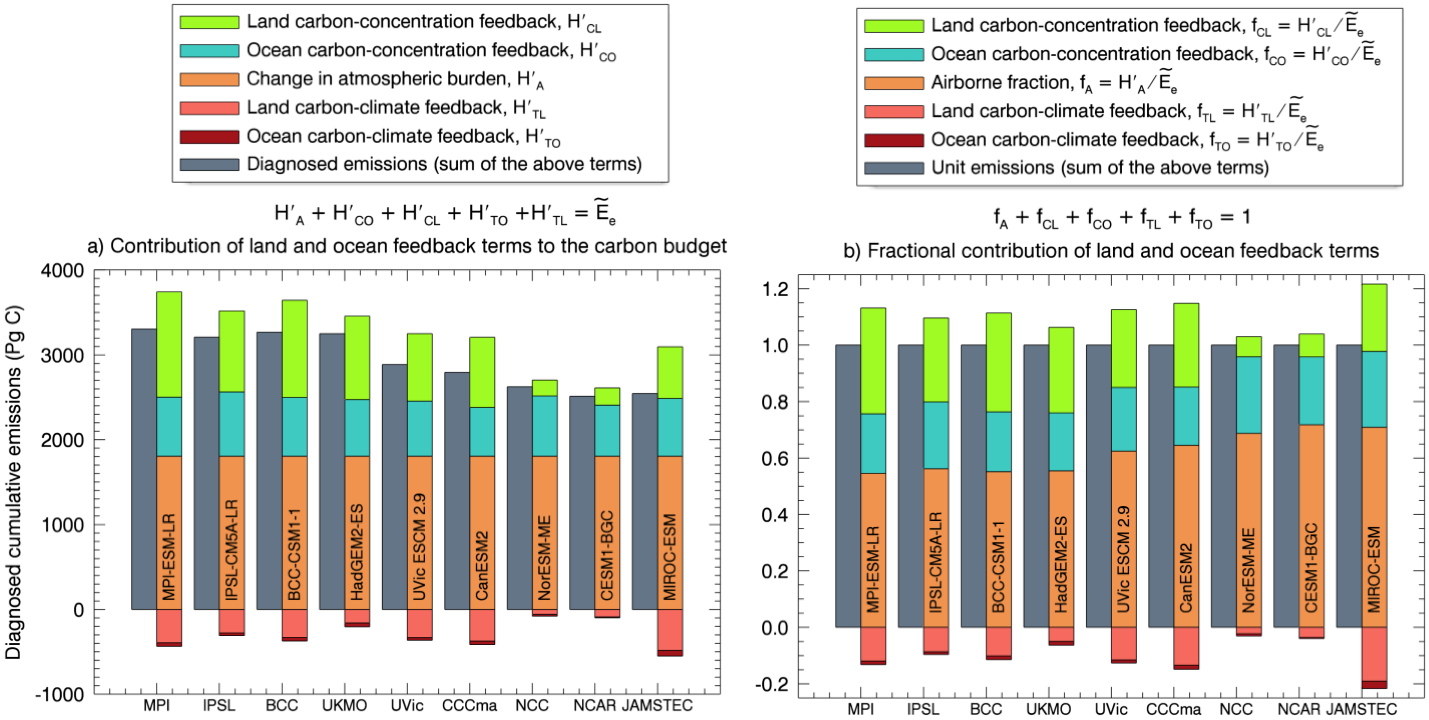As we progress through the Anthropocene, the results of human activities affect multiple processes throughout the Earth System. Warming, ocean acidification, circulation change, and changes in the atmospheric CO2 concentration in itself will enforce changes in the coupled marine and terrestrial cycles of carbon, nutrients and oxygen and transform structure and behaviour of ecosystems. BIOFEEDBACK seeks to quantify these changes and how they will feedback on the atmospheric greenhouse gas concentrations, modifying future climate development.
Observations are key to BIOFEEDBACK. They are used to inform and validate models to assess future climate and impact. Field work in 2013 included a cruise across the Greenland Sea to collect carbon system and ancillary data over the entire water column, as well as the maintenance of the autonomous instrument that measures surface seawater CO2 partial pressure on board the ship of opportunity NUKA Arctica, which crosses the North Atlantic between Denmark and Greenland on a biweekly schedule. These data will aid in determining the mechanism of anthropogenic carbon uptake as well as ventilation timescales.
BIOFEEDBACK contributes to the Surface Ocean CO2 Atlas (SOCAT) not only with data but also in terms of coordination and data management. Version 2 of SOCAT, containing more than 10 million pCO2 observations over the global oceans was released this year (Bakker et al., 2013).
SOCAT and results of our global coupled model were used in the latest Global Carbon Budget (Le Quere et al., 2013) to show that CO2 emissions continued to grow in 2012, reaching 9.7 Gt C. This is slightly above the most pessimistic scenario from the IPCC 5th Assessment Report. Fortunately the ocean and land carbon sinks continue to operate, and removed CO2 corresponding to 28 and 23% of the emissions from the atmosphere.
Development and validation of the land and ocean carbon cycle components of the Norwegian Earth System model (NorESM) has been an important achievement of BIOFEEDBACK this year (Tjiputra et al., 2013). Being fully coupled, it allows for climate–carbon cycle interaction and contributed with a set of model experiments to the CMIP5 and the IPCC-AR5. Prompt delivery of NorESM simulations has led to participation in numerous intercomparison studies, where future changes in land and ocean carbon storage and the implications of anthropogenic emissions on future climate were assessed (e.g., Jones et al., 2013).
The climate feedback strength as a result of carbon cycle coupling in NorESM and other CMIP5 models was evaluated in Arora et al. (2013). The future effect of carbon–concentration feedback is expected to be 4.5 times larger than the carbon–climate feedback (see figure). Uncertainty in the land carbon cycle, indicated by the large model spread, is higher than that from the ocean due to the diverse terrestrial biogeochemical processes implemented in CMIP5 models.
In 2014 we will concentrate on improving the biological carbon pump parameterization in NorESM model, and use our global data sets to ground truth by determining the rate at which CO2 is released from decaying organic materials within the global oceans.

__________
Arora, V. K. et al. (2013): Carbon–concentration and carbon–climate feedbacks in CMIP5 Earth system models. Journal of Climate, 26, 5289–5314.
Bakker, D. C. E. et al. (2013): An update to the Surface Ocean CO2 Atlas (SOCAT version 2). Earth System Science Data Discussions, 6, 465–512.
Jones, C. et al. (2013): 21st century compatible CO2 emissions and airborne fraction simulated by CMIP5 Earth System models under 4 Representative Concentration Pathways. Journal of Climate, 26, 4398–4413.
Le Quéré, C. et al (2013): Global Carbon Budget 2013. Earth System Science Data Discussions, 6, 689–760.
Tjiputra, J. F., et al. (2013): Evaluation of the carbon cycle components in the Norwegian Earth System Model (NorESM). Geoscientific Model Development, 6, 301–325.
